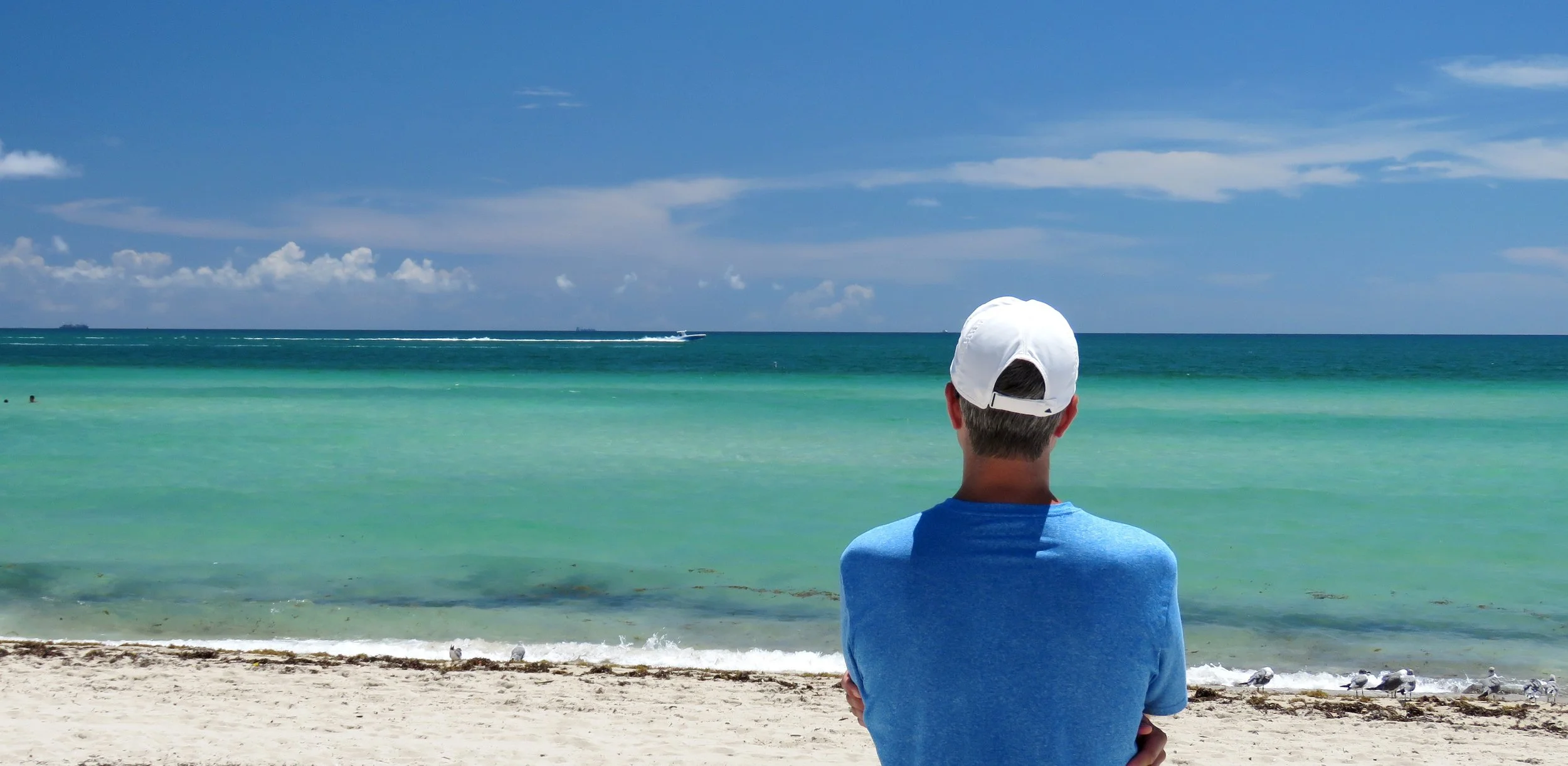Why we need beauty.
Quick question: Have you ever caught your dog (or cat, hamster, goldfish, etc.) gazing in happy wonder at a sunset’s beauty?
Imagine it! You’re out playing “fetch” with ole’ Rover as the sun’s going down when he suddenly stops dead in his tracks. Astonished, he drops what up to that moment was the sole consuming object of his affection: his slobber-covered tennis ball. Then, with sober self-composure, he sits down quietly on his haunches and gazes up into the sky as if in a trance. After a few moments, his tail starts wagging peacefully, his mouth drops open, his tongue falls out lazily to one side, and a tiny bit of beauty-induced drool dribbles from his lip.
Or not.
The truth is, we humans are the only creatures that appreciate (that is, find pleasure in) such beauty. If we had tails, they’d be the only tails wagging at such things. Sure, some creatures ignorantly create things that happen to be beautiful (cite the southern masked weaver’s nest) or are adorned with beauty (cite the peacock). But we’re the only species that purposefully expends untold time, talent, and treasure to create, acquire, and enjoy beauty for beauty’s sake.
How cool is that?!
Of course, this also begs the question: “Why? Why do human beings respond to beauty like this?”
What a great question! If you’ll allow, I’d like to suggest an answer. It flows from the narrative in the first two chapters of the Bible that describe the way God created everything. At one place in that story, we read, “Out of the ground the LORD God caused to grow every tree that is pleasing to the sight and good for food….” What’s so interesting about this verse is that it reveals at least two reasons that God created trees. One was to make sure that human beings (whom He also created) had food, re: “good for food.” The other was to give human beings immaterial, inward, beauty-derived pleasure, re: “pleasing to the sight.”
Isn’t that amazing?! What’s also amazing about this is that God would only create trees for these two purposes if He also created human beings to need these two provisions. In other words, He created us to need physical sustenance (i.e., food) and non-physical sustenance (i.e., pleasure derived from beauty). And the right word for these unique human interests is “need” because they signal cravings for things that are “required, essential, and very important.”
Think about it. Food, and our desire for it, isn’t just an optional desire or a whim. It’s a need! As human beings, we absolutely must have food to survive. Amazingly, we’re hard-wired in the same way regarding our need for pleasure derived from beauty. We absolutely must have it to survive.
Again, how cool is that?!
We already know these things are true by experience even if we completely reject the Bible and the idea of a Creator-God. For example, haven’t we all, at one time or another, found a tree “pleasing to the sight?” Be honest! For me, it was that breathtaking Copper Beech that dominated my grandmother’s back yard. Just thinking about the sight of that beautiful tree right now gives me pleasure.
For you, it might be a majestic oak, cottonwood, sycamore, maple, lodgepole pine, or royal palm in a nearby park. Or maybe it’s the gold, amber, burnt sienna, and orange of a stand of sugar maples or aspens in Autumn. Who wouldn’t admit that such trees are “pleasing to the sight?!” I’ll go one step further. Have you ever taken a drive, walk, or other trip just to see the “fall colors?” Have you ever whipped out your camera or smartphone to take pictures of those trees for your own and others’ pleasure (e.g., to share on social media)? Have you ever wondered, “Why am I doing this? Why do I find such things so pleasing? Why am I compelled to spend my time, talent, and treasure to enjoy them?” Well, at least now you have a suggested answer to these excellent questions: because I was created for this.
If nothing else, these ideas should help us realize just how special we are as human beings. We are incredibly unique among all God’s creatures. Second, for our own well-being, we must never relegate beauty to the “optional” category. We must treat it like food – a necessity – and happily (not grudgingly or as a “last and lowest priority”) invest our resources to enjoy it. Third, we might wonder – even if we’ve always rejected the Bible and the God it describes – about the nature of a God who would be so specific, generous, and gracious in His creative purposes and work within and for us.
Thoughts?
PHOTO CREDIT: I took this photo during a visit to the Tropical Bioreserve & Gardens on the Big Island of Hawai’i in 2010. My desire to take the photo, the pleasure I enjoyed in seeing that tree, and any pleaure you get in seeing this picture compels us to at least consider the idea of God’s design I’ve described in this blog.
